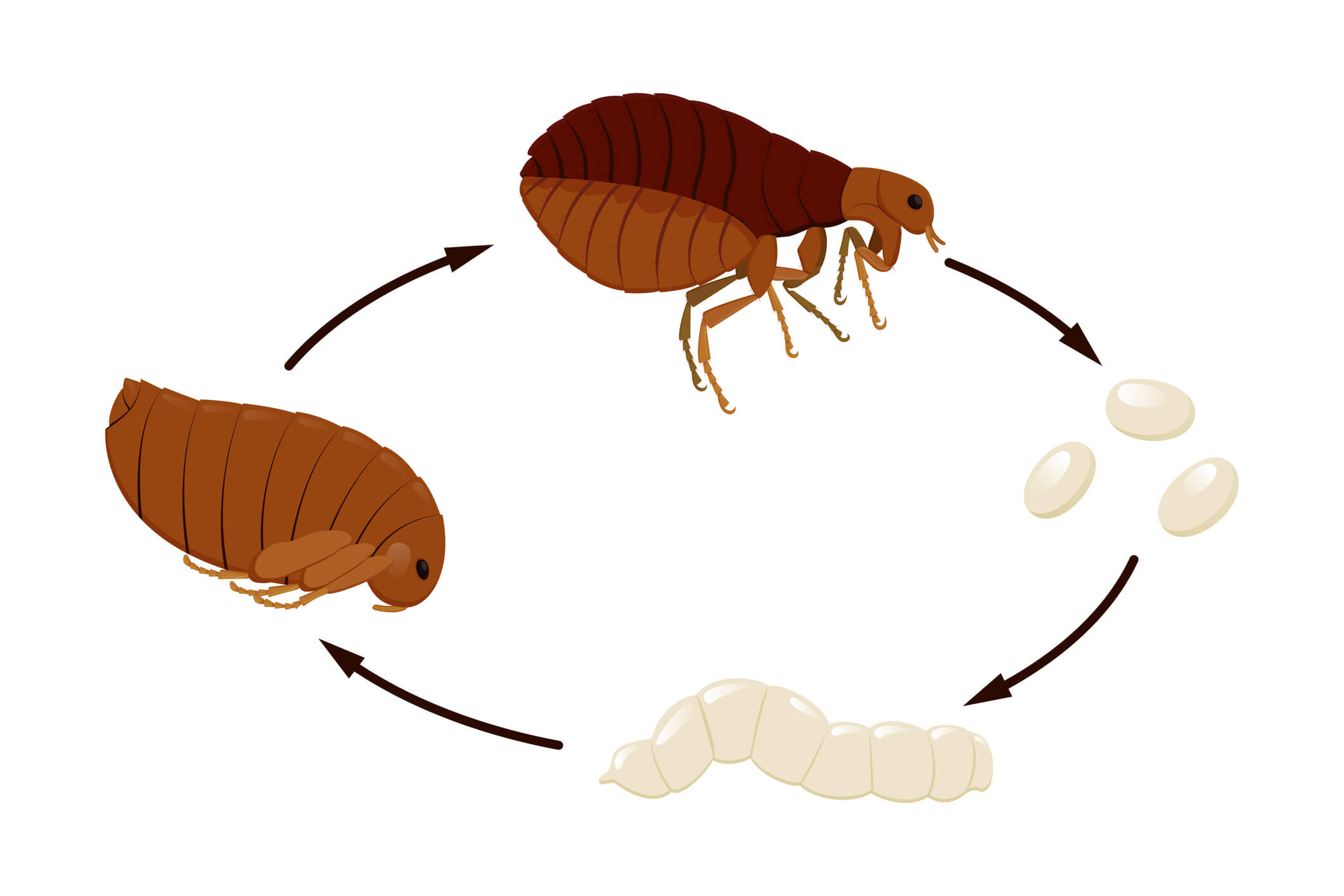Where Do Weevils Come From?
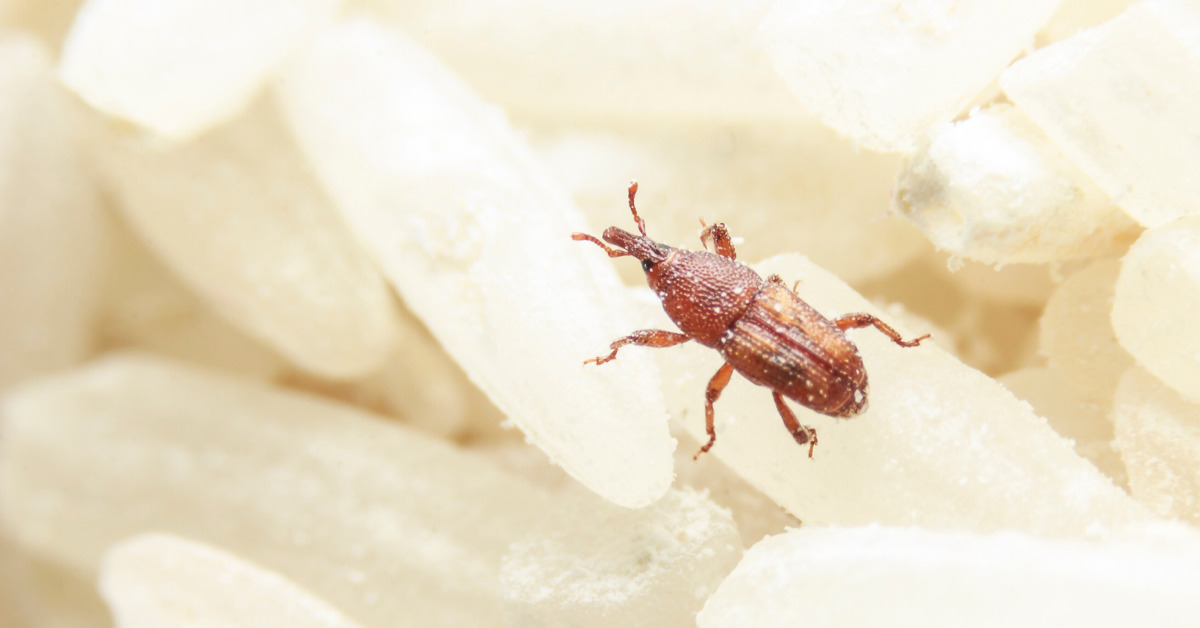
Have you ever encountered weevils in your home? These tiny beetles with elongated snouts can be a significant household pest, infesting products in your pantry and reproducing rapidly. But where do weevils come from? How did they end up in your pantry in the first place?
Learn more about these stored product pests, other types of weevils, and where they can be found both in the United States and around the world.
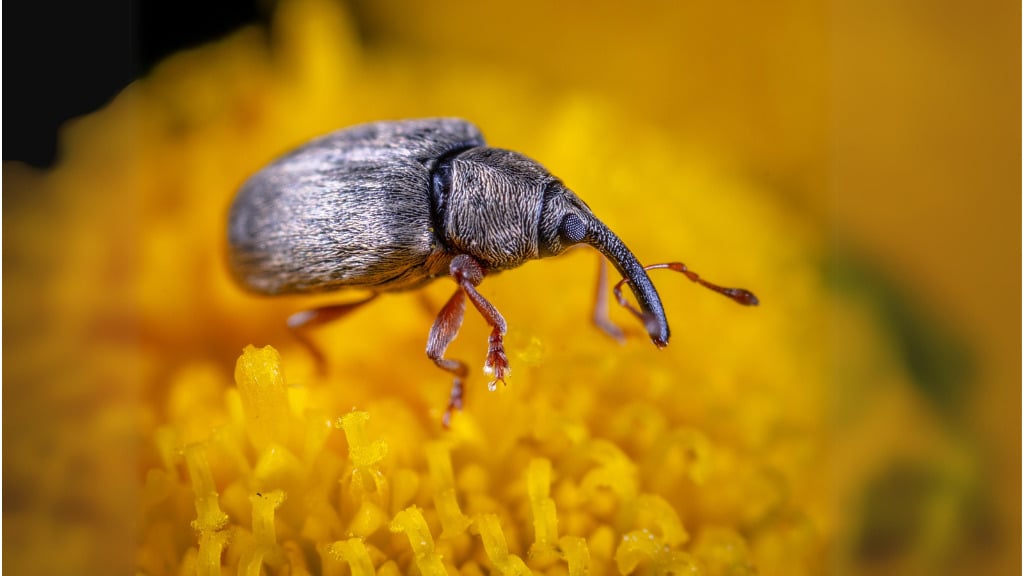
What Are Weevils?
First and foremost—what are weevils? A true weevil is a small beetle from the Curculionidae superfamily, typically characterized by a long snout or rostrum. This funny-looking trunk is actually where the weevil’s mouthparts are located, and they use them to eat as well as chew holes in surfaces where they lay eggs.
A weevil is an insect with six legs, antennae, compound eyes, and elytra (hardened forewings). Some weevils fly, while others have fused elytra and cannot fly. There are two significant categories of weevils that interact with human environments in the U.S.: interior stored-product weevils and exterior weevils.
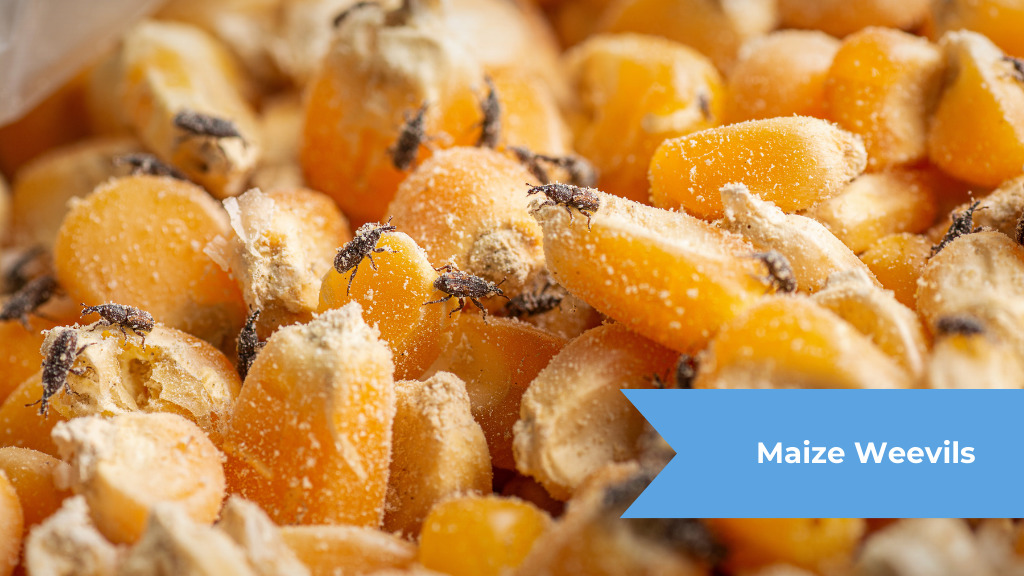
Interior Stored-Product Weevils
Weevils that can be found inside are considered stored-product pests because they infest things like grain, rice, corn, and maize. Stored product weevils lay eggs in products inside factories, and then enter your home when you purchase infested goods. There are three main species of interior weevils that may be raiding your pantry for food:
Rice Weevils (Sitophilus oryzae)
These are some of the most common weevils to infest homes, and the smallest. As adults, they measure around 2 mm in length, are reddish brown or black, and often have four yellow spots. Rice weevils are unique because they can fly and are attracted to light. Female rice weevils can lay 250–400 eggs in their lifetime, and eggs take about three days to hatch. Rice weevil larvae emerge from eggs and immediately begin feeding. Rice weevils remain in the larval stage for up to 18 days before becoming adults.
Maize Weevils (Sitophilus zeamais)
The maize weevil or corn weevil was once confused for the rice weevil because they are almost identical in appearance and behavior. Maize weevils attack products like corn seeds, wheat, and pasta and are often transported into homes via packaged birdseed or cracked corn.
Granary Weevils (Sitophilus granarius)
Granary weevils (also known as wheat or grain weevils) are a bit larger than rice and maize weevils, measuring ⅛–¼ of an inch long. Granary weevils have the same reddish brown to black coloring, but they do not have yellow spots on their backs. Granary weevils also don’t fly and are not attracted to light.
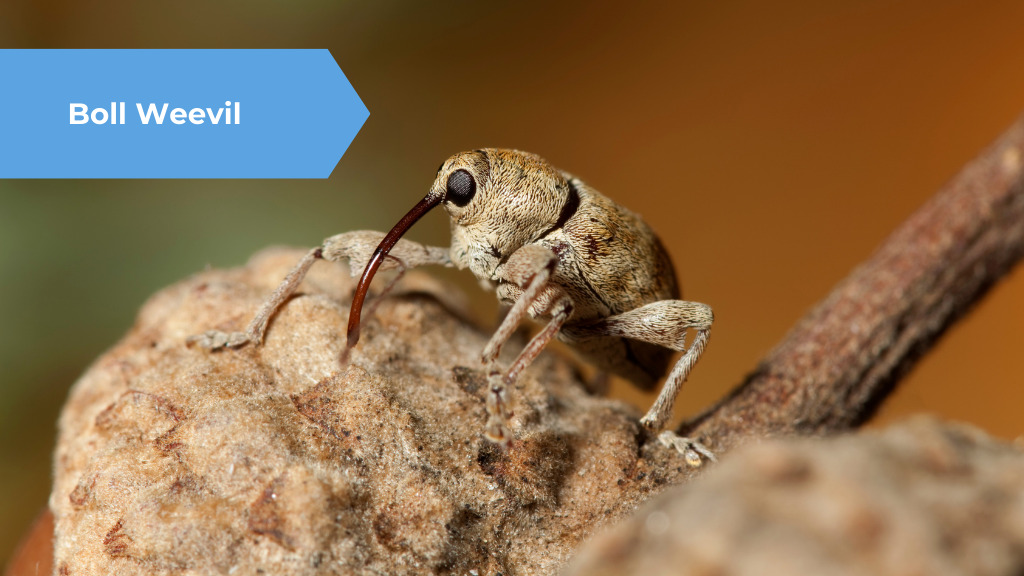
Exterior Weevils In The U.S.
The other main category of weevils is those that live outside. These weevil species are not likely to be found indoors because they stick to specific plants and crops found in nature.
In the U.S. and Canada, there are over 2,500 species of weevils. The type of habitat these weevils live in varies:
Coastal Climates
Some weevils prefer warm, moist areas. The palm weevil can be found along the southeastern coast, while boll weevils live along the Gulf Coast in Texas.
- Palmetto Weevils (Rhynchophorus cruentatus)
Palmetto weevils are the largest North American weevil, measuring over an inch long. They are shiny and black with yellowish markings. These insects can be found in the southern and southeastern U.S. (especially near coasts), though they are native to Florida. Palm weevils fly and feed on damaged palm trees.
- Boll Weevil (Anthonomus grandis)
The boll weevil is found in the southern United States and is about ¼ inch long. They are usually either red, brown, or gray and spend winters in the ground. Boll weevils puncture immature cotton bolls and lay their eggs inside. This species used to overrun cotton plants but has since been diminished in population significantly.
Hot Dry Climates
Other weevil species, like the alfalfa and pecan weevils, are able to thrive in hot, dry environments.
Alfalfa Weevil (Hypera postica)
The alfalfa weevil is a significant pest found in areas where alfalfa is grown such as Utah and New Mexico. These pests create problems for alfalfa farmers and can damage a large number of crops when left unchecked.
Pecan Weevils (Curculio caryae)
This species can be up to ½ inch long and is a widespread pest in New Mexico. Pecan weevils are grayish brown and feed on the nutmeat of pecans. Pecan farmers have to stay vigilant in preventing and controlling these weevils to protect their product.
Forest Floors
Other weevils overwinter on forest floors and can be found attacking trees and other plants. The pales weevil, pine weevil, and acorn weevil are all examples of forest floor dwellers.
Pine Weevils (Pissodes strobi)
Pine weevils are dark in color with yellow spots on the back and little hairs covering the body. This species is ecologically significant because of the threat it poses to the white pine tree in several states. Adults pierce the bark of a pine tree in order to lay eggs, and pine weevil larvae feed on the tree, causing damage from the inside out.
Acorn Weevils (Curculio glandium)
Unlike pine weevils, acorn weevils feed on the product of the tree, rather than the tree itself. These weevils have distinctive large black eyes, and a long thin rostrum (snout) used for boring into acorns. Acorn weevils lay eggs inside of acorns, leaving their larvae with a food source. This species is unique because larvae will bury themselves in the ground for 1–2 years before emerging as adults.
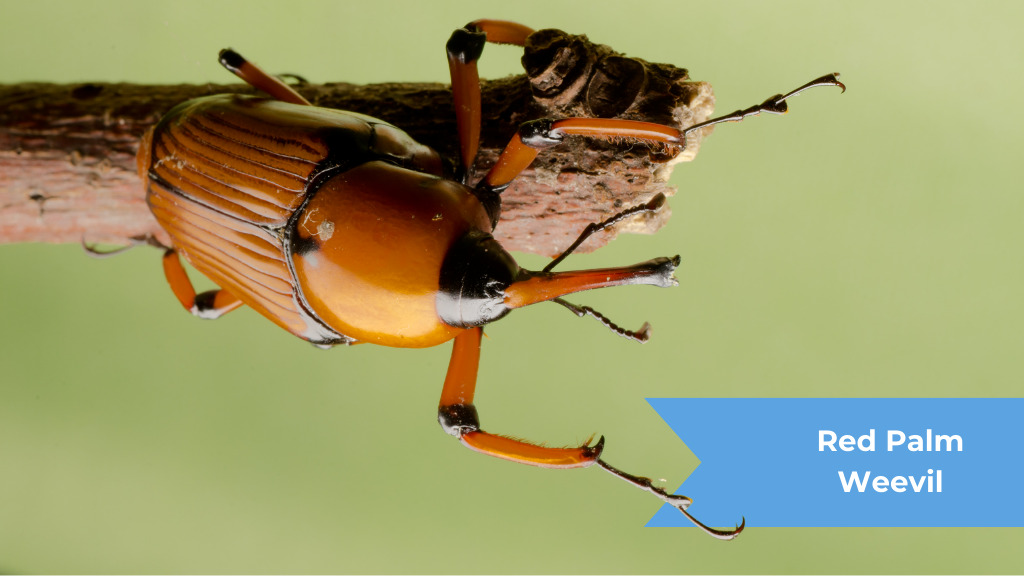
Where Are Weevils Found Around The World?
Different species of weevils can be found all over the world. These are just a few examples of species found on other continents:
Asia: Red Palm Weevil
This weevil is fairly large—around 1 ½ inches long—and has a distinct red color. Also known as the Asian palm weevil or sago palm weevil, this species feeds on palms, often inflicting irreparable damage. The red palm weevil was eradicated from the United States after a brief spread in 2015.
Africa: African Palm Weevil
The Rhynchophorus phoenicis is native to Africa, and adult African palm weevils reach nearly 2 inches in length. The larvae of African palm weevils are also unique because they are edible and a great source of protein, fat, and flavor for many people.
South America: Bigfoot Weevil
The Rhinastus sternicornis is a large weevil found in Brazil, Peru, and Argentina and stands out because of its long legs, prominent feet (hence the nickname), and yellow coloring. These weevils feed on bamboo plants.
Contact Us For Weevil Control
If you’re dealing with weevils (either in your pantry or in your yard) contact us today at Moxie Pest Control for help eliminating these pests.

